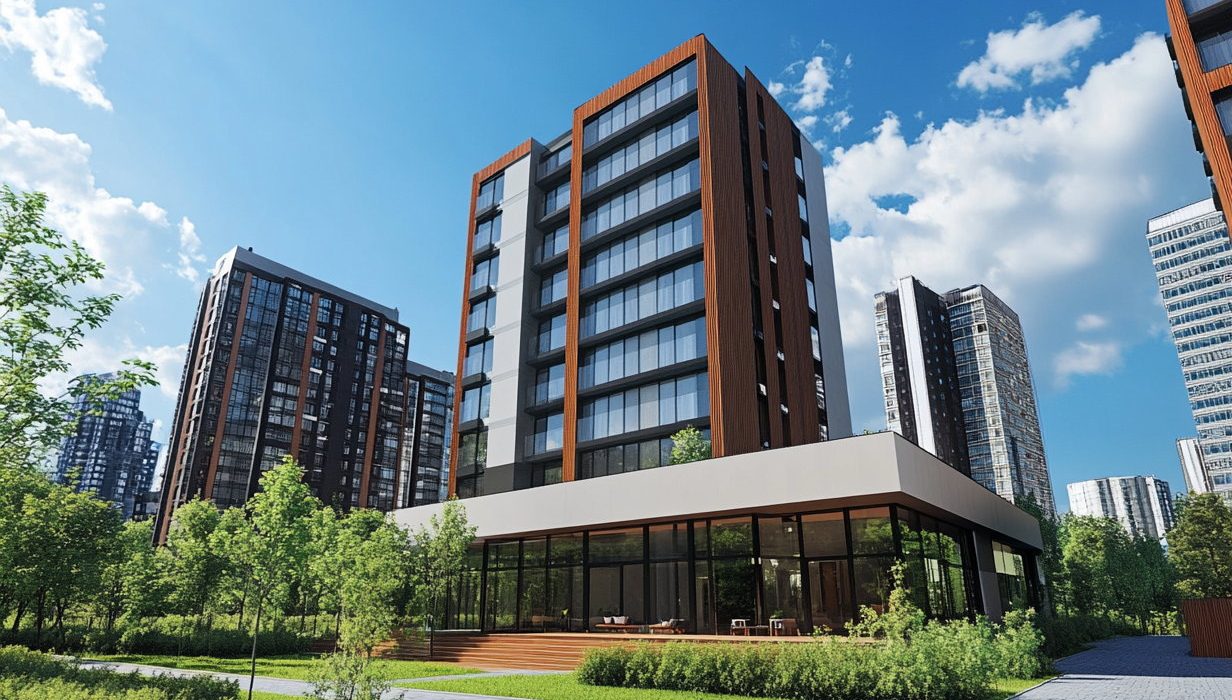Worried about finding a rental in a tight market? Here’s how to approach your search.
There are steps you can take to be more successful in finding an apartment when availability is low. Here are some tricks to employ.
Some people don’t want the responsibility of owning a home. Others can’t afford to buy a home, especially in today’s market. It’s for these reasons that so many people are seeking out homes to rent. But snagging a lease can be difficult, especially in large cities with limited inventory.
If you’ve been struggling to find a rental, or you’re afraid you’ll have a difficult time once you gear up to start your search, you should know that there are steps you can take to increase your chances of success in finding an apartment when availability is low. Here are some tricks to employ.
1. Look During the Winter
Many people don’t want to move during the winter. The weather can be uncooperative, and for families with children, school’s still in session. But if you’re willing to look for an apartment during the winter and sign a lease before the end of the season, you might manage to lock in a rental before the spring rush.
“Early June is usually the busiest period for rental seekers,” says Brian Carberry, a senior communications manager at Zillow. “We see the most activity from renters during that time, and it’s also when the most listings typically hit the market. Fewer people tend to want to move in the winter, and we usually see more concessions like free weeks of rent offered by property managers in those months.”
That said, Bianca D’Alessio, New York-based director of new development at Nest Seekers International and co-star of the HBO series “Selling the Hamptons,” says inventory levels remain low across many major cities, so renting during the winter may prove challenging for that reason.
“With limited inventory and rising demand, desirable apartments are getting leased within days – sometimes hours,” D’Alessio says. “Flexibility on move-in dates or minor preferences can also be a strategic advantage.”
Still, D’Alessio insists that looking for a home far in advance is key when you’re dealing with limited inventory. In fact, she says that renters previously could look for a new apartment about 30 days in advance in major cities. Now, she says, it pays to look 90 days out.
2. Figure Out Your Price Point
You may be tempted to sign a lease the first time an opportunity presents itself. But you don’t want to get in over your head financially.
That’s why Carberry says it’s important to land on a price point before you kick off your search. You may need to tweak your desired price point to align with the reality of your local market, but it’s essential to have a starting point – one based on numbers you’ve crunched.
3. Establish Your Priorities
When you’re looking for a rental in a limited market, you can’t afford to be overly picky. That’s why Carberry recommends making a list of the things you want in a rental in order of priority.
Maybe there are certain amenities you absolutely need, like an in-unit washer and dryer or an on-site fitness center. A door attendant might top your list as well.
Plus, you may want to prioritize certain blocks or neighborhoods so you have access to different amenities, from restaurants to public transportation. Order these things by importance so you know when to jump on an opportunity and when to move on.
That said, you may need to be willing to compromise if you’re looking to rent at a time when inventory is low. That could mean signing a lease on an apartment that meets your primary needs, even if there are secondary items that don’t get checked off.
If you find a home to rent that’s genuinely suitable for you, “don’t hold out for a better apartment, because a lot of people are getting squeezed,” says D’Alessio.
4. Prove What a Great Tenant You’ll Be
Just as bidding wars can be common among would-be buyers in a tight real estate market, so too are potential tenants often forced to duke it out over the same available rental. That’s why you should show up with proof of what a great tenant you’ll be when you visit an apartment for the first time.
“Bring a recommendation letter from a current or former landlord. Bring a copy of bank statements showing you have the financial resources to pay for the apartment,” says Carberry. That could spell the difference between a property manager renting to you versus someone else.
5. Be Prepared to Lease That Day
If you come across a great rental in a tight market, don’t sit on it, says Carberry. When inventory is abundant, you can afford to think things through for 24 hours. When that’s not the case, you need to be prepared to sign a lease the moment you’re done looking at an apartment.
“Preparation is everything,” says D’Alessio. “Renters should have all application documents ready in advance, understand their financial limits clearly, and be ready to make fast, informed decisions.”
6. Look at Off-Market Opportunities
You may get into the habit of poring through online listings in an attempt to land a great rental. But D’Alessio says you shouldn’t just wait for apartment listings to come out. Instead, identify buildings that you’re particularly interested in and reach out to property managers to see if there are openings, or to get on a list for when units become available.
D’Alessio also says you shouldn’t hesitate to take a more aggressive approach if there’s a building you’ve fallen in love with. “Speak to doormen if necessary,” she says. You never know who might be able to give you a lead on a great apartment.







